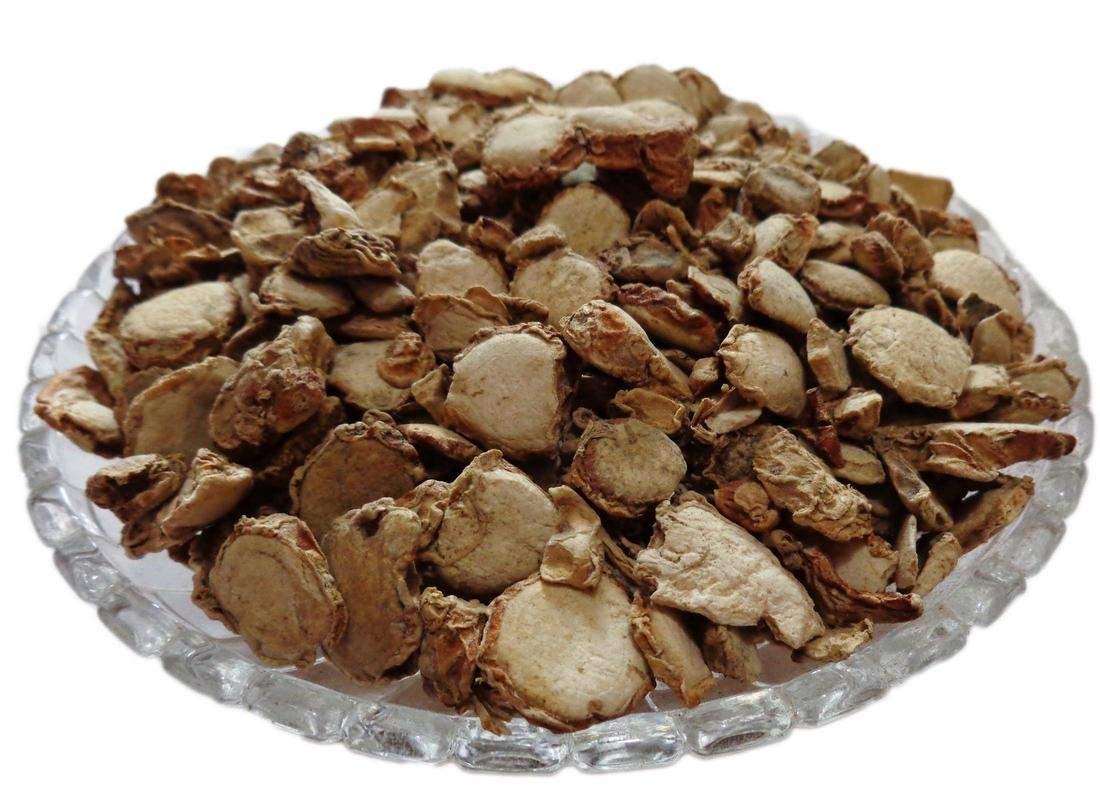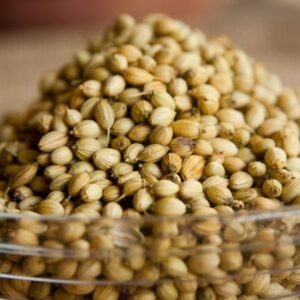Description
Common Names:
- Kachari
- Dimasa (Tribal name)
- Kachari Boro (In Northeastern dialects)
- Bodo-Kachari (Ethnic group in Assam)
Forms:
- Ethnic Tribe: The Kachari tribe primarily inhabits the Northeastern regions of India, particularly Assam and parts of Nagaland.
- Kingdom: The ancient Kachari kingdom played a significant historical role in Assam.
Origin:
- Native Region: Assam and Nagaland, Northeastern India.
- Historical Importance: The Kachari people have a rich history, with their kingdom being prominent from the medieval period until the 19th century.
Cultural and Historical Significance:
- Historical Rulers: The Kachari tribe had their own kingdom, known for its unique blend of indigenous and external influences.
- Dimasa Language: The Kachari people speak the Dimasa language, part of the Tibeto-Burman language family.
- Festivals: They celebrate festivals like Bushu Dima, which marks the harvesting season.
Contributions:
- Agriculture: The Kachari people are known for their traditional farming techniques, especially in rice cultivation.
- Art and Craft: Skilled in weaving and bamboo craft, the Kachari tribe contributes to the region’s cultural heritage.
Health Benefits:
- Traditional Medicine: The Kachari tribe utilizes various herbs and plants from the region for medicinal purposes, including digestive aids and remedies for common ailments.
Uses:
- Culinary: In local cuisine, ingredients like bamboo shoot and rice beer are integral to Kachari culinary traditions.
- Traditional Rituals: Many Kachari customs and rituals are connected to nature and agricultural practices.






